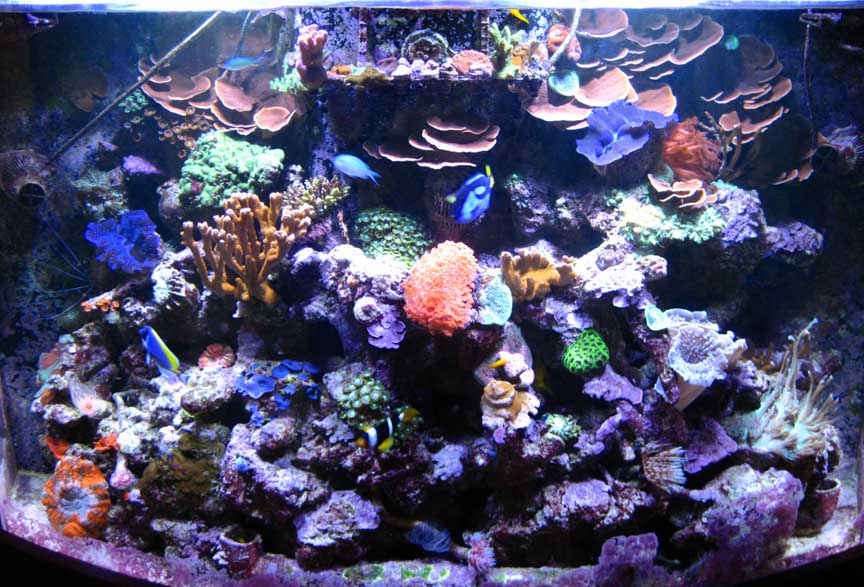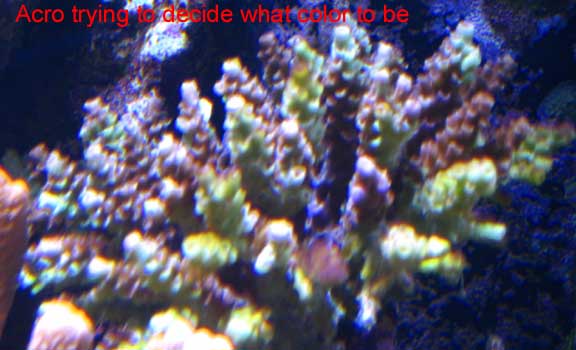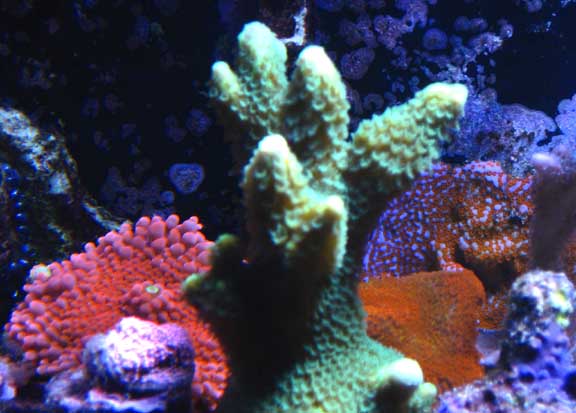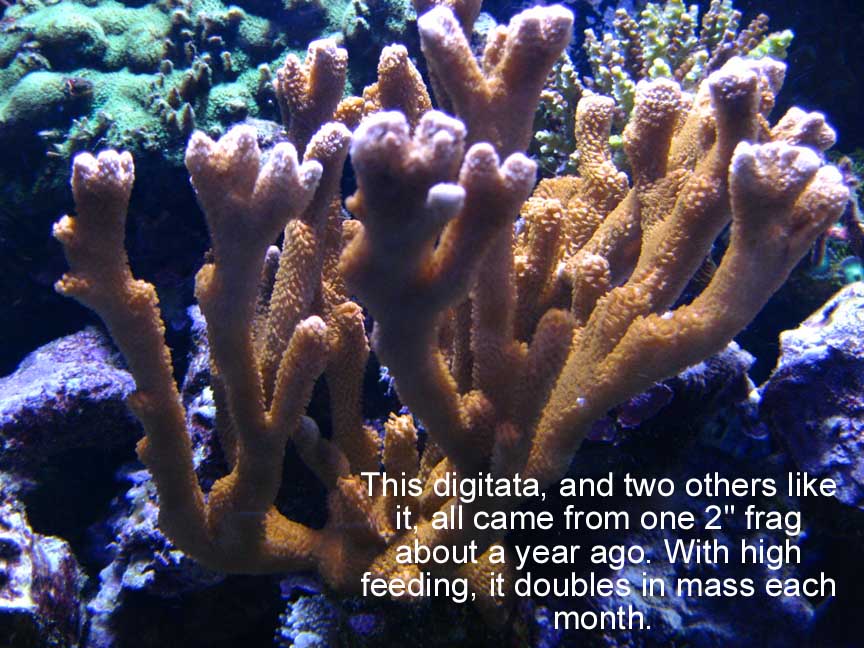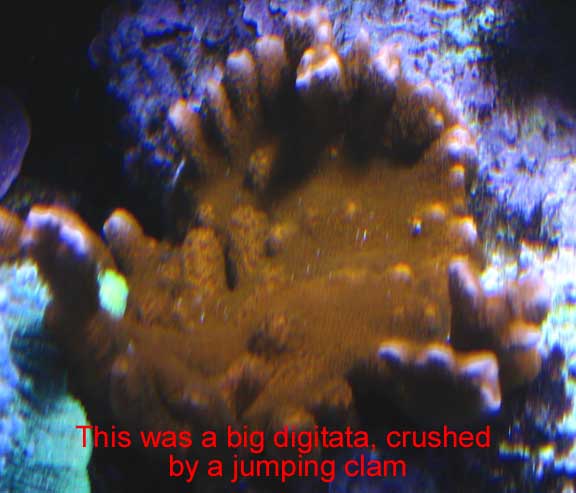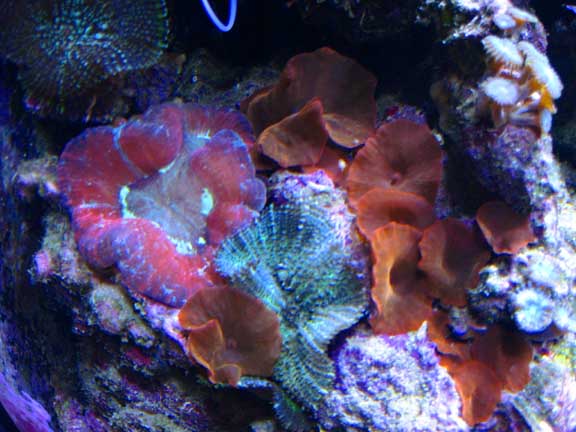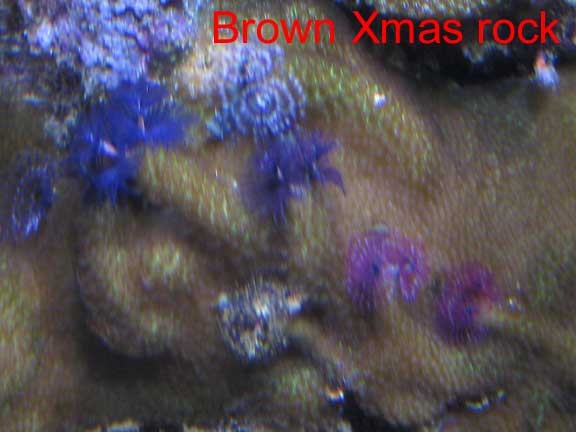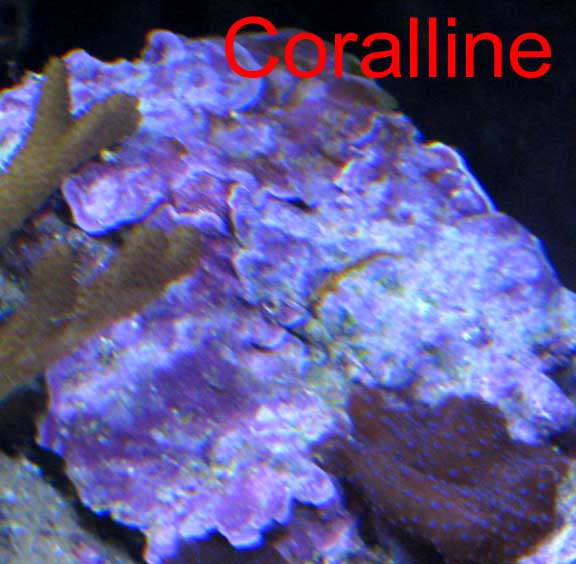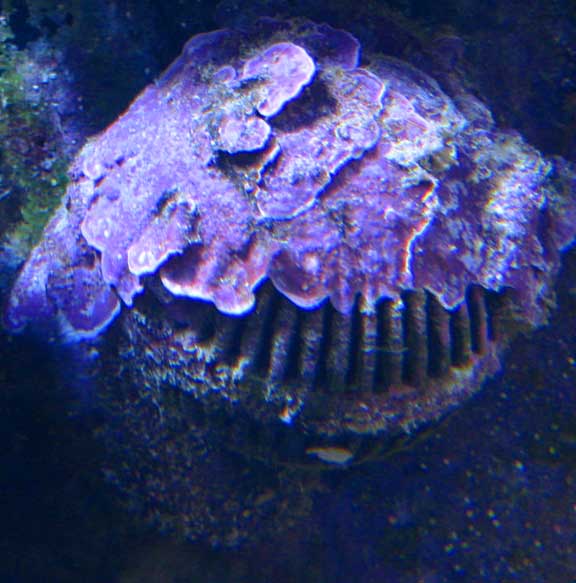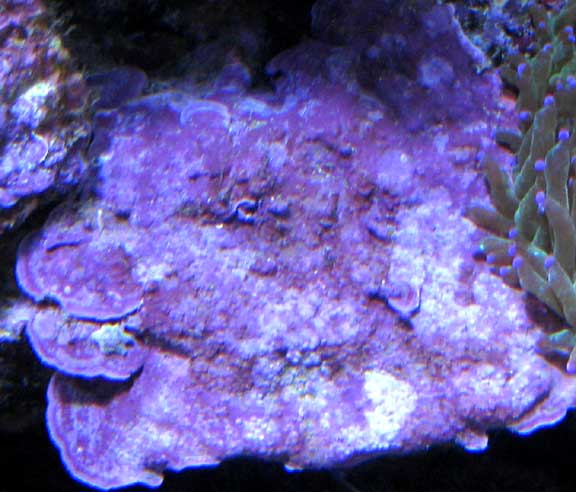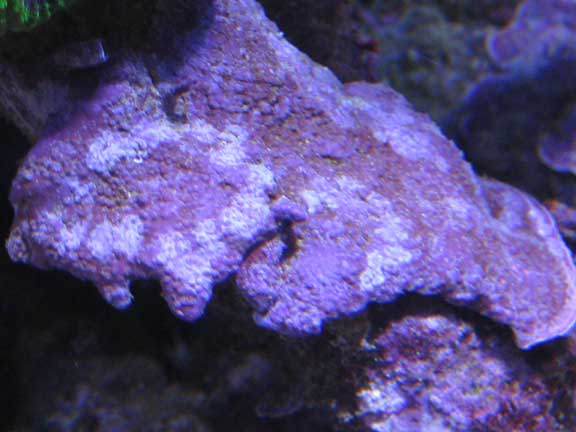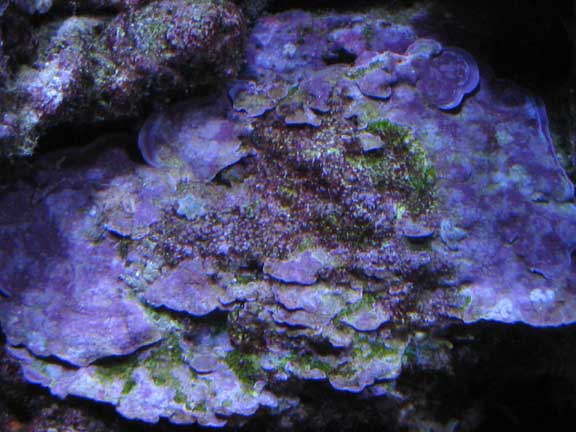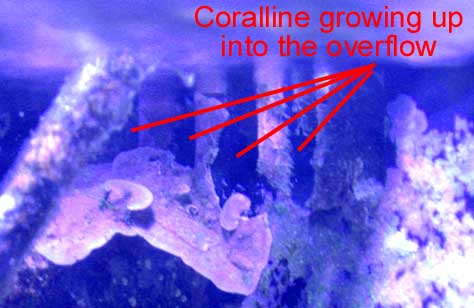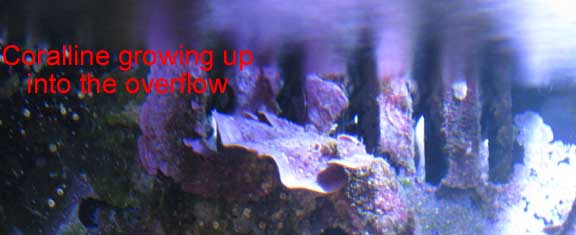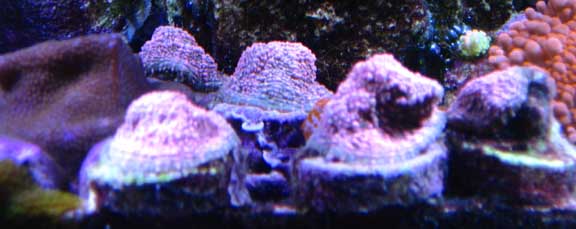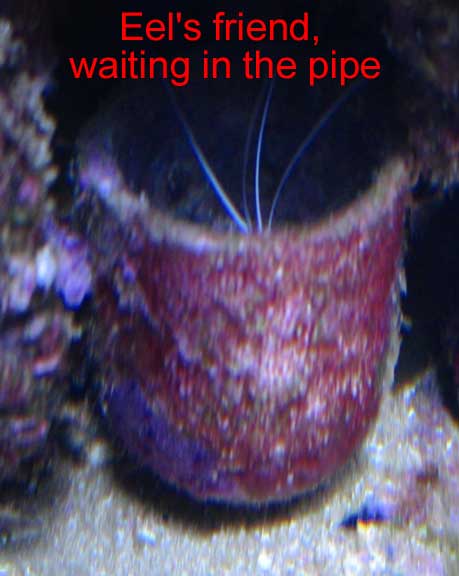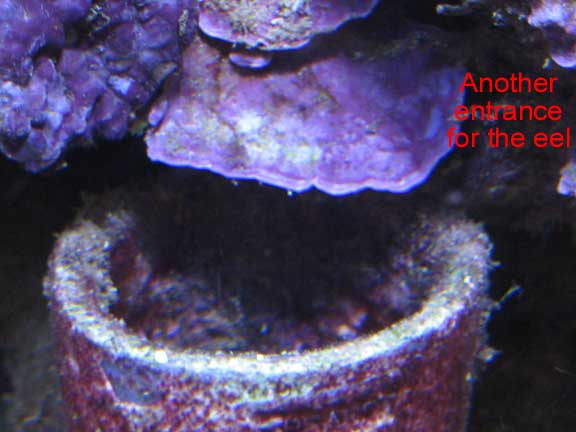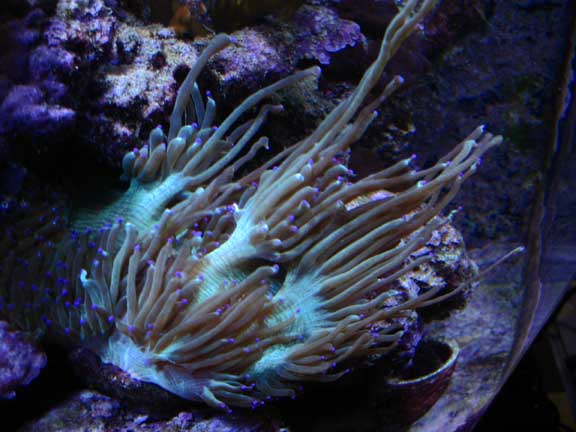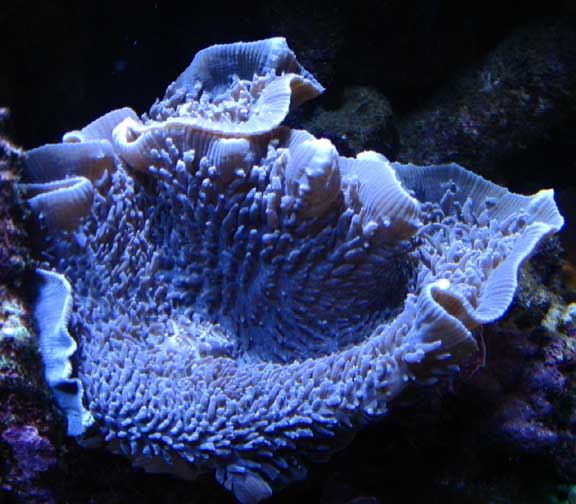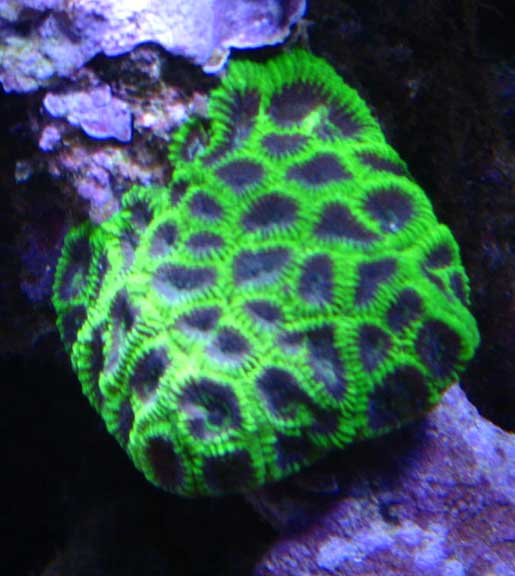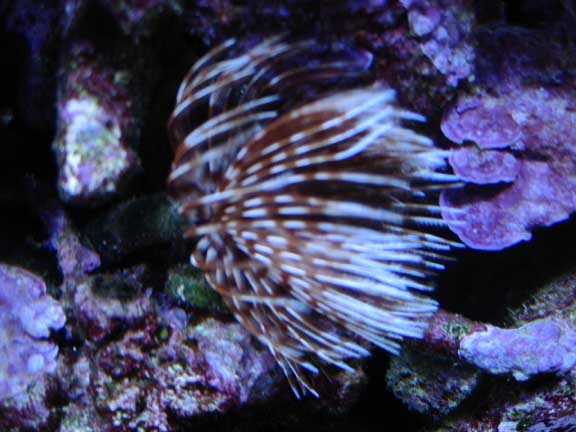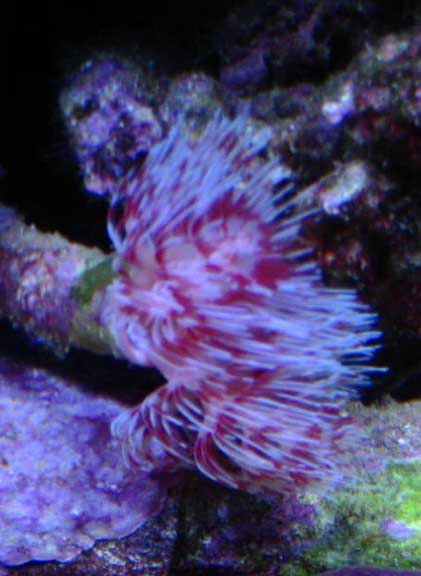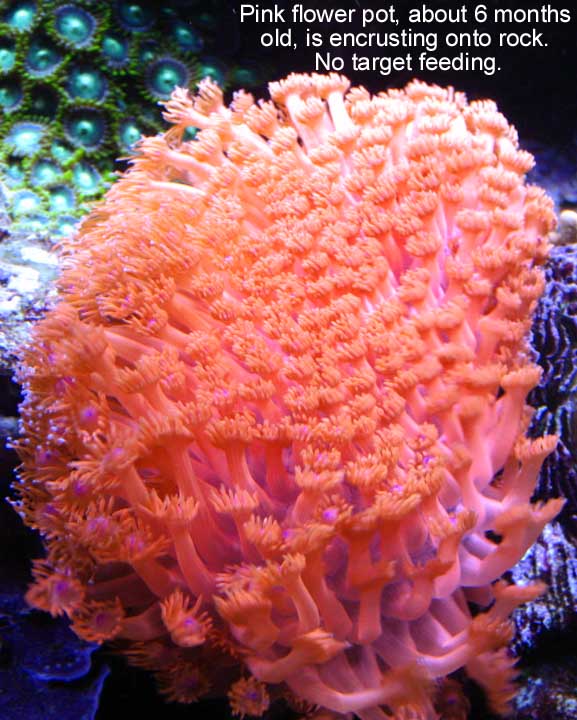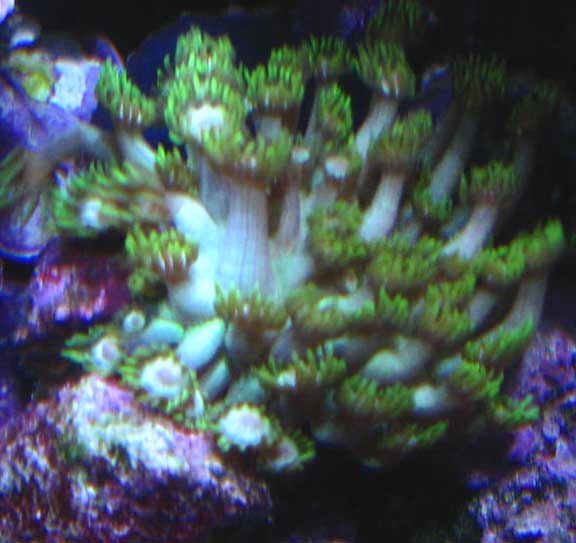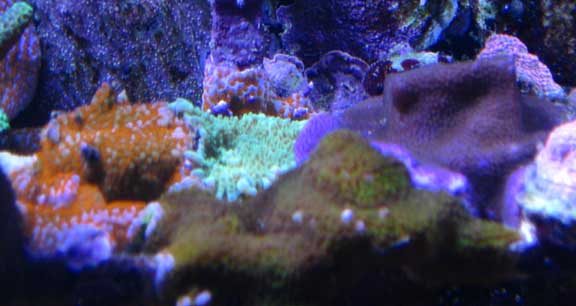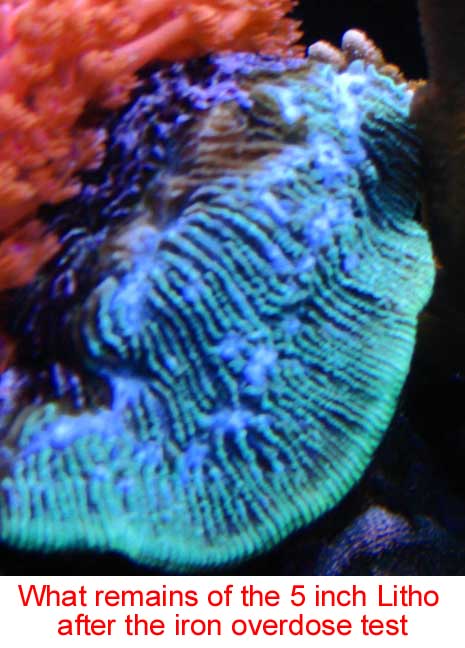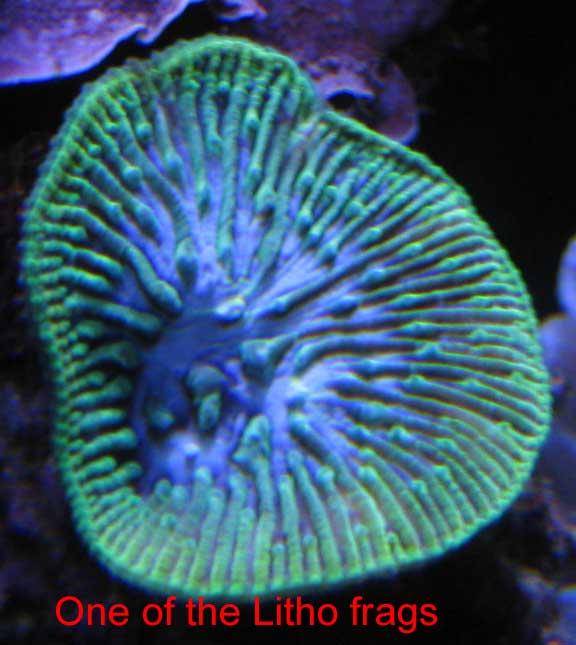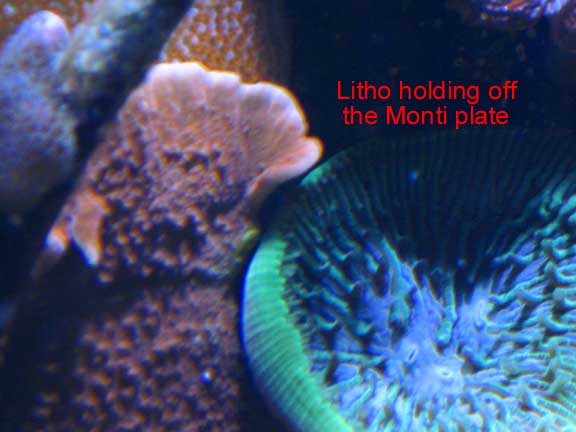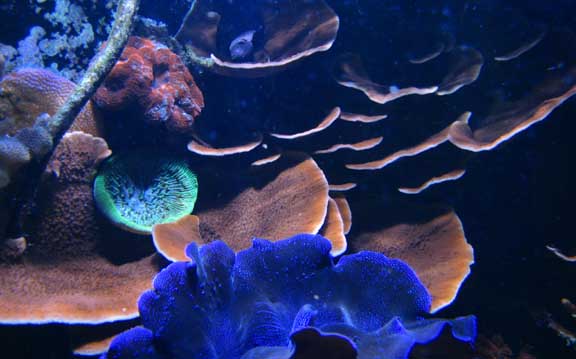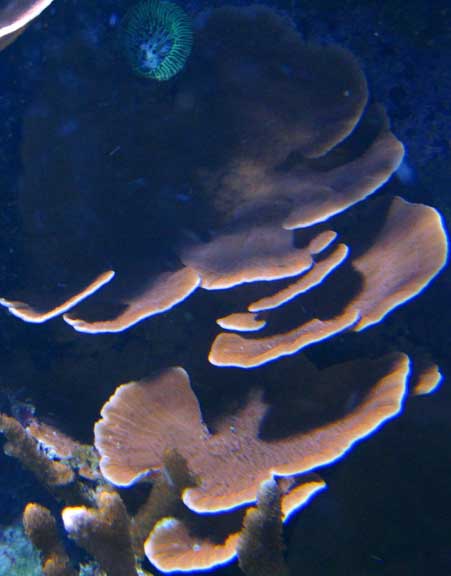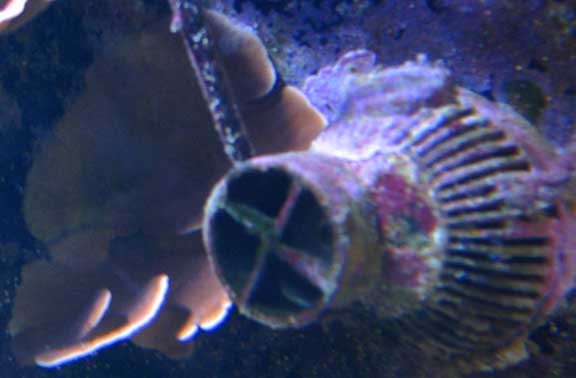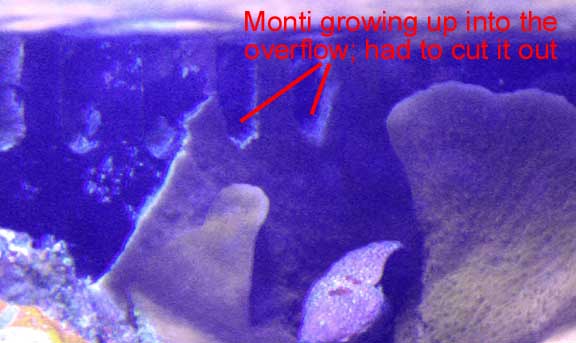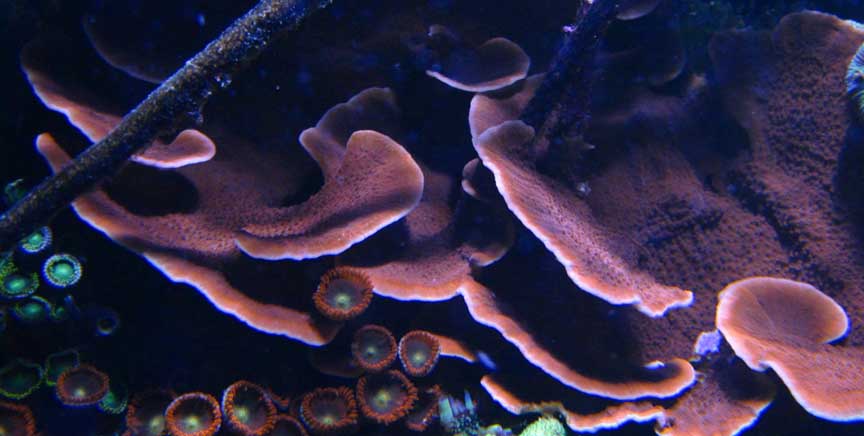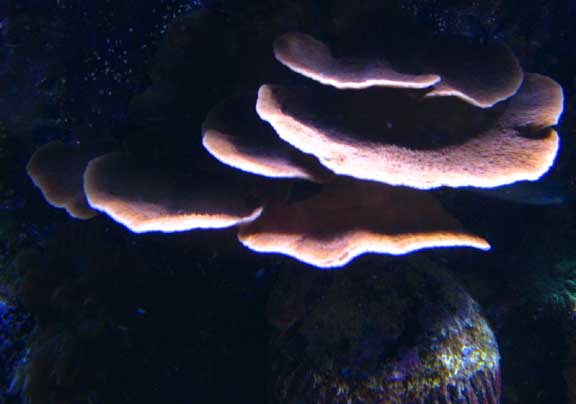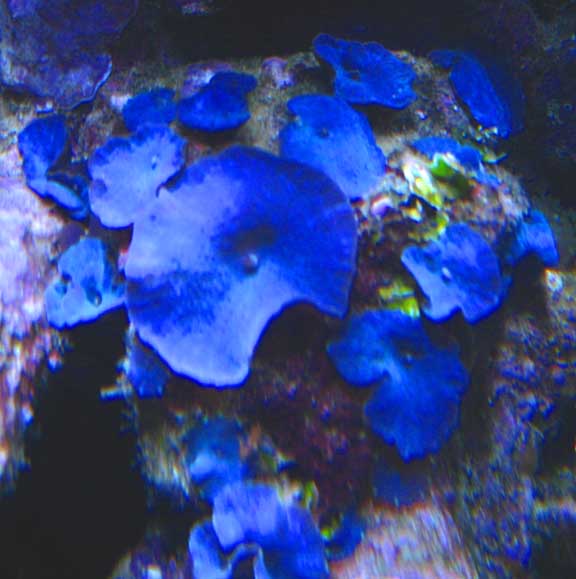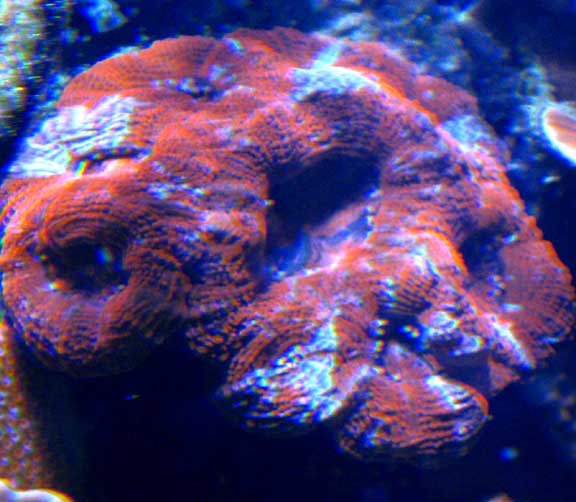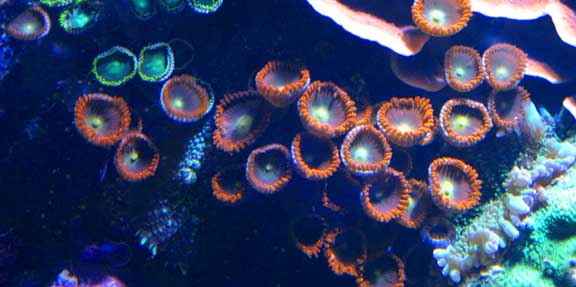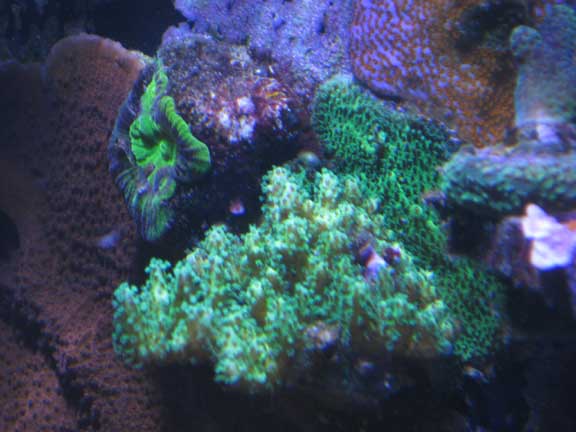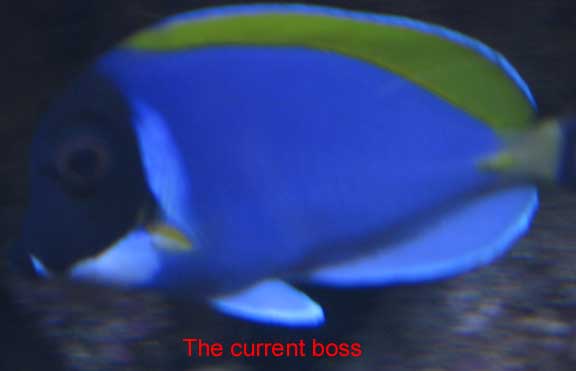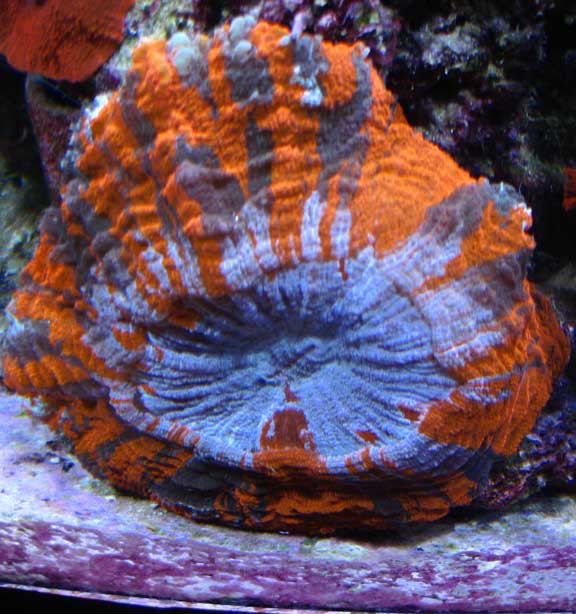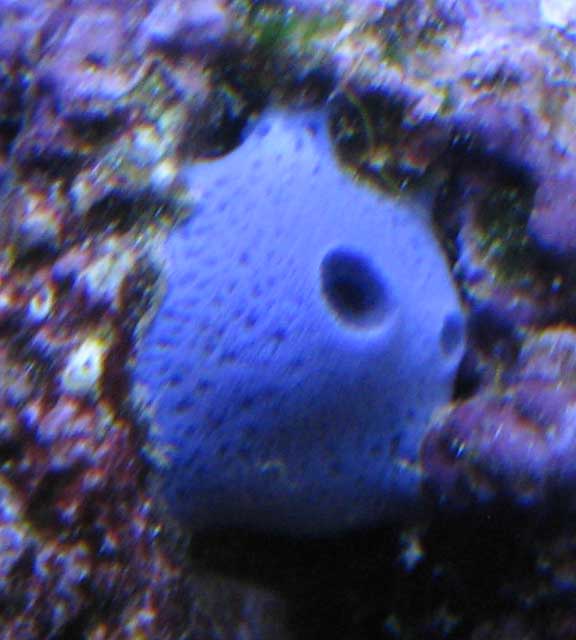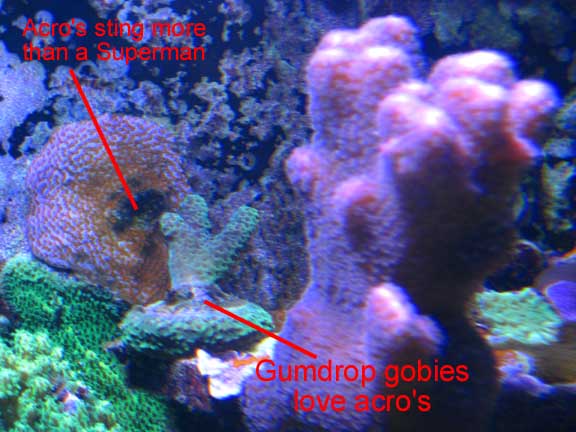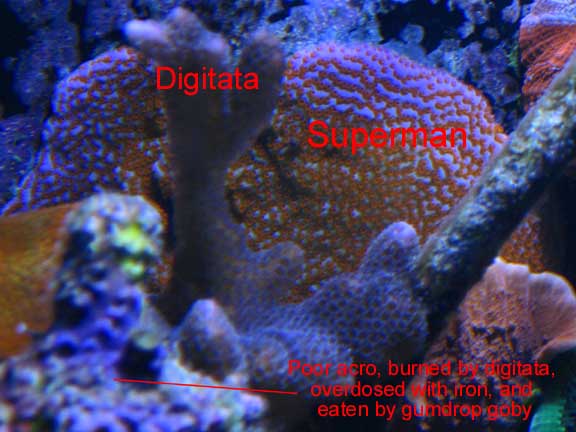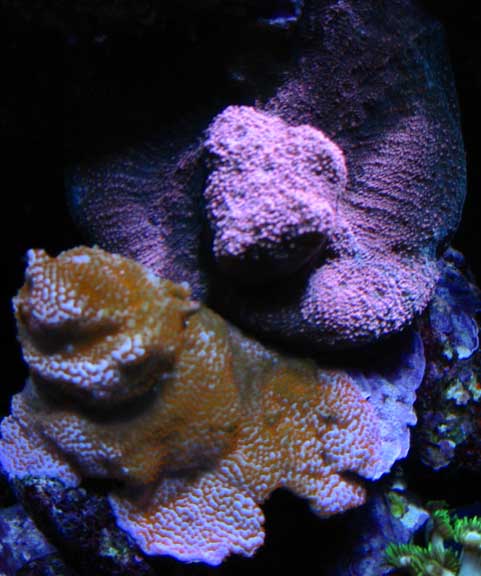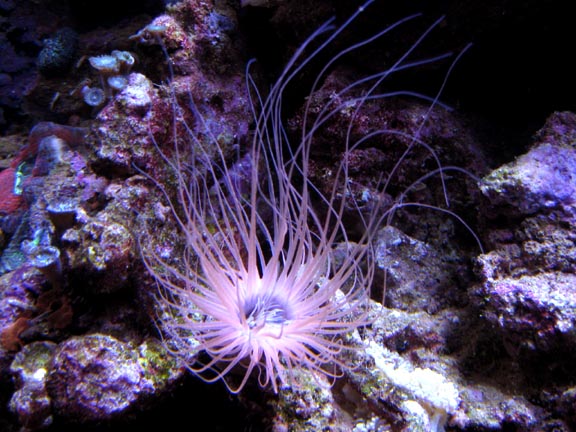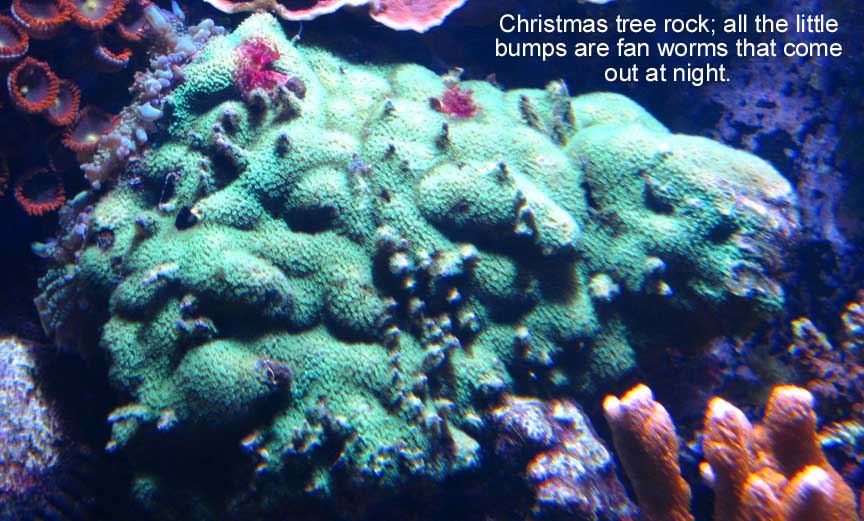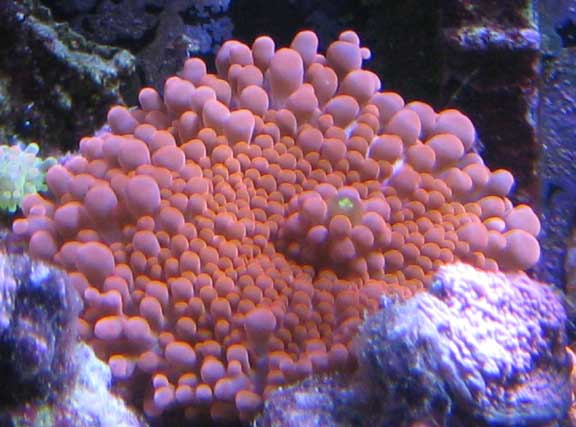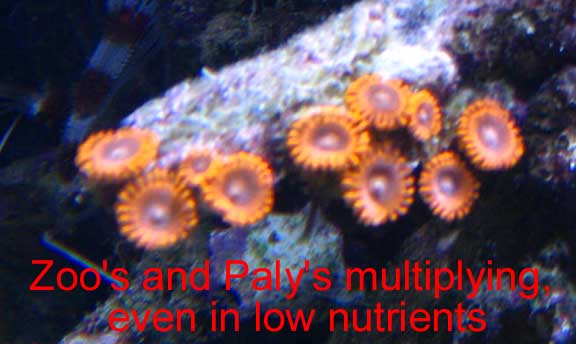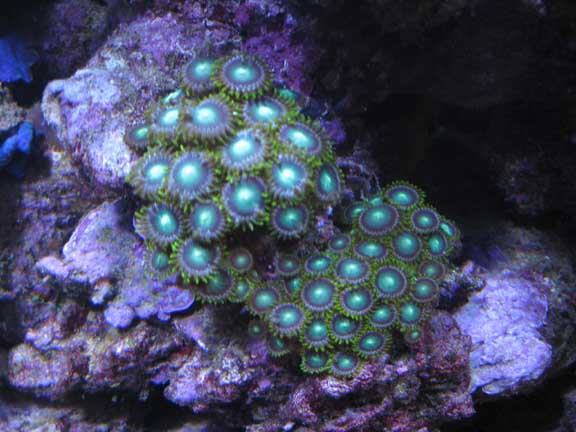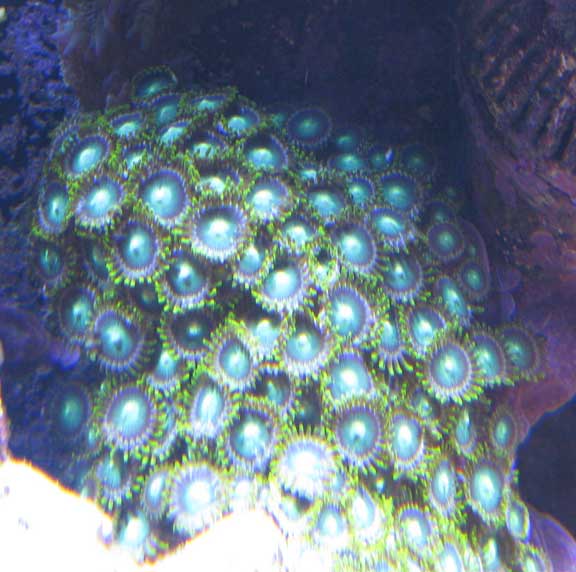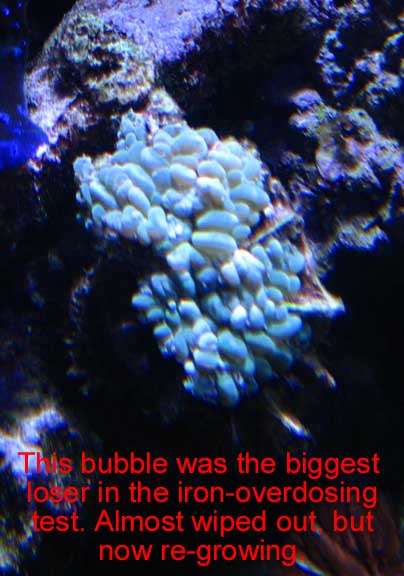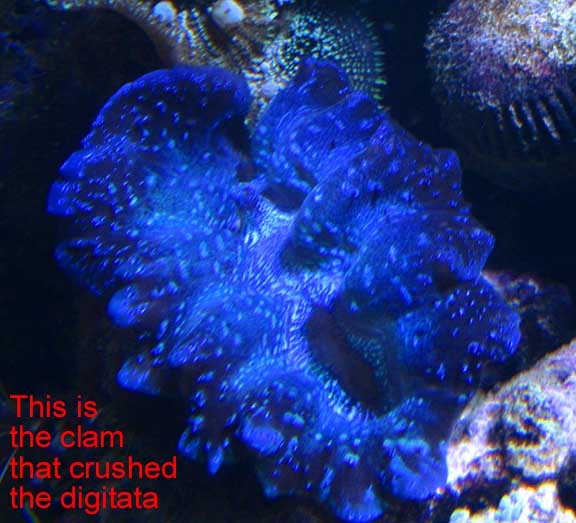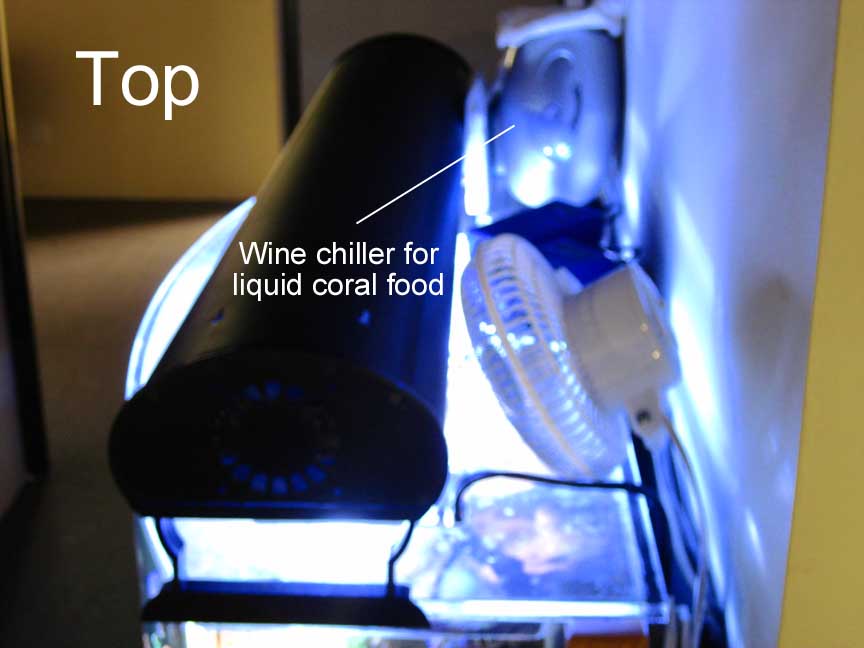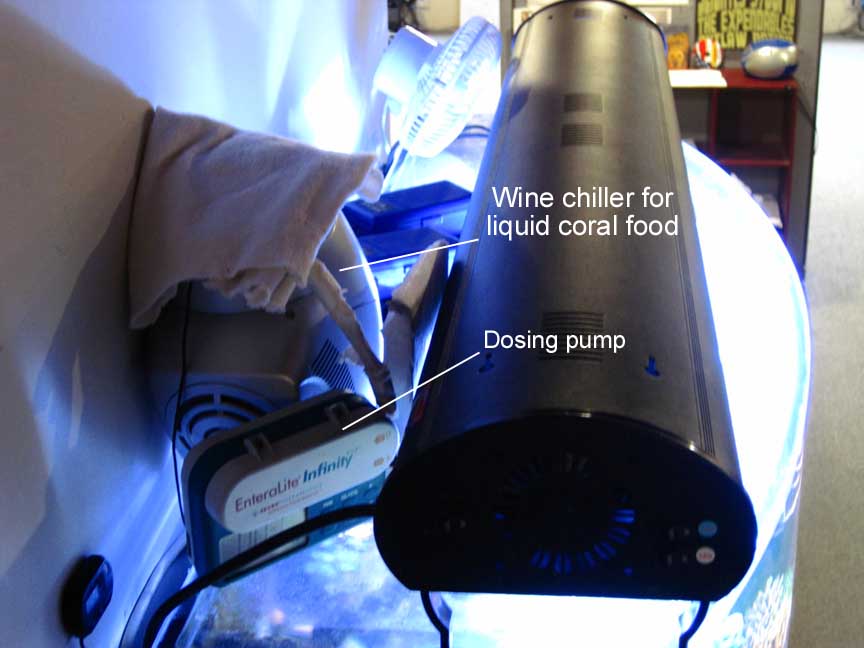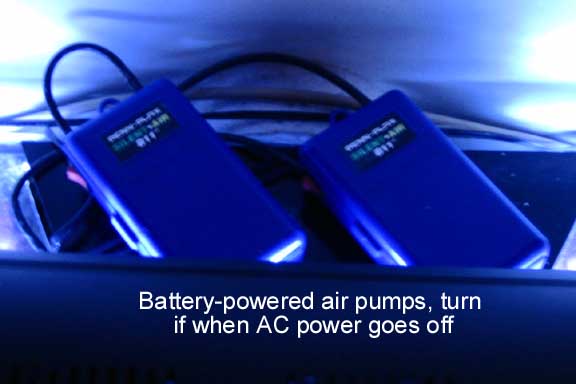Re: Mega-Powerful Nitrate and Phosphate Remover Replaces Skimmer, Refugium, Everythin
I am starting to question YOUR knowledge on how the ocean works now thank you very much
I'll refer you to some basic marine studies which will help clear it up.
90 percent of all dinoflagellates are marine plankton. Free-living dinoflagellates are what we find most common in aquariums today. They are parasites actually. How you think providing them a food source will remove them from an aquarium is beyond me.
He was not talking about plankton; he was trying to remove stuff from his rocks/walls/glass. I never said anything about providing anything with a food source. Scrubbers (algae) remove food sources for algae.
I have yet to read anything about inorganic nutrients being Dinoflagellates food source. In fact, it is dead and dyeing plant matter, fish food, fish waste etc... that are the main fuels for these parasites.
1. Dino's, at least the autotrophic ones we have to deal with, are algae, and algae feed on Inorganics, not organics. There are a few types of algae that are "heterotrophic" -- which feed on organics, but they don't play a part in our interests, because everything we as aquarist do is controlled by light. This is why if you shut your lights off permanently, all algae will go away. Thus, we are only concerned with the photosynthetic algae, which is most of the algae anyways.
2. Algae use chlorophyll to combine light with Inorganic nutrients, to grow. This is why algae are called "primary producers"; chlorophyll is the only thing which can produce living matter from non-living matter. The rest of the earth feeds from this.
3. It is not the "dead and dyeing plant matter, fish food, fish waste" that the dino's are feeding on, it the Ammonia/Ammonium, and the resulting Nitrite, Inorganic Nitrate, Inorganic Phosphate, that the dino's are feeding on. This is the basic mistake that all skimmer folks make: They confuse the "steak" with the "smoke". The rotting food is the "steak"; the ammonia etc is the "smoke". Skimmers remove the steak, and scrubbers remove the smoke.
4. Remember what Zoothanthellae are: dino's. Remember what zoothanthellae do: Remove inorganics (nitrate, phosphate, etc) from the water and use them to produce organics (sugars), which are then fed to the host coral. Most of the inorganics that the zoothanthellae eat are actually fed to it by the host coral itelf, and thus nutrients are recycled from host to zoothanthellae and back to the host.
5. Here are some basic marine bio videos which cover nutrient reduction:
(A) Ocean Productivity - Intro:
YouTube - Ocean Productivity - Intro
at 4:30: "phytoplankton are the basis of primary production in the ocean. [...]
at 6:50: "single cell phytoplankton like diatoms, dinoflagellates..."
(B) Ocean Productivity - Chlorophylls and Helper Pigments:
YouTube - Ocean Productivity - Chlorophylls & "Helper" Pigments
at 1:28: "the diatoms and dinoflagellates have chlorophyll..."
(C) Ocean Productivity - Nutrients and Primary Production:
YouTube - Ocean Productivity - Nutrients & Primary Production
at 0:50: "all plants, including phytoplankton, need macronutrients... they need a source of nitrogen, a source of phosphorus..."
at 3:00: "these nutrients are dissolved in seawater; they are not little sandwiches ["steaks"] that phytoplankton with teeth come along and eat. [the phytoplankton] absorb these compounds through their cell walls [...] They are absorbing dissolved phosphorus and dissolved nitrogen (nitrate)..."
at 7:45: "in the upper 10 meters of the ocean we have no nitrate at all; as we go deeper, we see that the concentration of nitrate increases very rapidly to some maximal concentration, and we find this concentration to be very similar throughout the rest of the water column. The question is: What happend to the nutrients up there in the surface waters? They were absorbed by the phytoplankton! The phytoplankon use nutrients, and in doing so, they remove them from the surface waters."
6. Here are some basic research studies that give more details, and test numbers...
(A) Functional aspects of nutrient cycling on coral reefs. The Ecology of Deep and Shallow Coral Reefs, Symposia Series for Undersea Research, 1983
http://www.aoml.noaa.gov/general/lib/CREWS/SaltRiver/salt_river22.pdf
"It generally is believed that the main evolutionary adaptation to low nutrient conditions in reef environments has been the evolution of relationships that lead to efficient recycling of nutrients. The foremost example of this type of relationship is the [relationship] between algae and invertebrates. Present day coral reefs are physically dominated by a variety of orders and classes of [corals], and virtually all of them have symbiotic dinoflagellates (zooxanthellae) [algae] in their tissues. It has been repeatedly demonstrated that these [corals] do not excrete waste products as do other nonsymbiotic animals, and that there is even a measurable uptake of dissolved nutrients by them attributable to the presence of the algae. Other invertebrate groups, including sponges, molluscs and ascidians, also have some species with algal symbionts. This form of recycling is the most efficient possible (often 100 percent), since the nutrients are available to the algae in concentrated form."
(B) An assessment of indices of nutrient sufficiency in symbiotic dinoflagellates. Proceedings of the 8th International Coral Reef Symposium, 1997.
ReefBase :: Log In (get a free account to read)
"A variety of methods for assessing the nutrient status of marine plants have been applied to zooxanthellae from corals and sea anemones. [...] Ammonium enhancement of dark carbon fixation is greater in N-limited zooxanthellae, as does the uptake of dissolved inorganic nitrogen."
(C) Diversity of symbiotic dinoflagellates (zooxanthellae) in scleractinian corals of the Caribbean eastern Pacific. Proceedings of the 8th International Coral Reef Symposium, 1997.
ReefBase :: Log In
(D) The Dinoflagellates of Twin Cays, Belize: Biodiversity, Distribution, and Vulnerability. Atoll Research Bulletin, 2004.
ReefBase :: Log In
"Floating detritus, a unique microcosm, acts as a reservoir of diverse microalgae and meiofauna in mangrove areas found in Twin Cays, Belize. The Lair, Boston Bay, Hidden Creek and Main Channel, four locations within Twin Cays, were used as the study sites. Large suspended detrital aggregates are specialized environments where benthic *photosynthetic* and heterotrophic organisms thrive as suspended free-floating cells in the water column. On the water surface, patches of detritus, a combination of benthic organisms, dinoflagellates, diatoms, cyanobacteria and dinoflagellate cysts [all photosynthetic], are enclosed in a matrix of fibers. Heterotrophic organisms are also numerous in floating detritus."
For more studies, go to:
ReefBase :: Main Publications
...click on the "advanced search" on the right, and put "dinoflagellates" in the TITLE box.
from all the ATS systems I have seen they look to be about twice the work it takes to remove and replace water.
Then read what the people said, who run scrubbers and who have said the opposite:
Algae Scrubbers • View topic - Results of Successful Scrubbers (newest at end)
It's too much to post here, but I will if you want.
I'll take a tube and suck water out of a tank any day over having all that algae and junk getting under my finger nails
1. Then what are you going to do to remove all the nutrients? A 30 percent water change only removes 30 percent of the nutrients. A scrubber removes them all, and keeps them at levels too low for your test kits to read.
2. Nobody cleans the screens with their fingernails. It's just done in the videos as a demonstration.
Also the smell is less then desirable
There is no smell. You would know this if you ran a scrubber. The screen is covered by water, so it smells the same as your tank water does. If a screen "smells", then the flow is too little for it even to work anyway.
Old tank syndrome is just another word for "I'm to lazy to upkeep my aquarium"
OTS happens to the folks who are the best with husbandry, i.e., the ones who can manage to keep their tanks for 3 to 5 years.
How on Gods good earth did you come up with water changes add metals to aquariums
The manufacturing process of artificial salt requires metals. Once in the water, the metals stay there (algae, of course, eats metals). Start here for info:
Down the Drain, Exports from Reef Aquaria by Ronald L. Shimek, Ph.D. - Reefkeeping.com
"Freshly mixed artificial sea water is heavily laden with a tremendous excess of potentially toxic heavy metals. Just how toxic this material is remains open to question, however anecdotal and other evidence from invertebrate embryologists indicates it is significantly toxic. If freshly mixed artificial sea water contains some toxic concentrations of some trace metals, these metals will not be detoxified immediately in a tank, and until they are, they will be adding to the cumulative toxic chemical load found in the tank animals. This could occur with each water change."
"I have spent much of the last couple of years taking an indirect look at what happens in reef tanks with regard to various chemical constituents, primarily the toxic heavy metals, referred to in the hobby as "trace elements". [...] I have documented the metal concentrations from samples of aquarium tank water taken from 23 tanks across the United States and are summarized in Table 1, below. These data are unambiguous and conclusive, showing that in these tanks, many of the toxic heavy metals concentrations exceeded demonstrated lethal levels for many corals and other marine organisms"
"Precipitated materials in the deep sand beds accumulate with time, but they are not toxic as long as they remain insoluble in the sediments. If those materials should become soluble, however, they would present serious and acute toxicity problems. Such precipitates may become soluble if:
o they are exposed to the aerobic conditions in shallower sediments ["stirring of the DSB"]
o they are exposed to acidic conditions, such as might happen during a calcium reactor malfunction [reduced pH, which can also occur from dosing vodka].
o they are eaten by a deposit-feeding animal [Clean up crew, gobies, etc].
o nutrient loading of the sediments causes bacterial populations to create a more acidic bed. [simply a buildup over time]
"Any of these events can cause either acute toxicity, or accelerate chronic poisoning, and the events can vary significantly in duration and effect. To remove or reduce the threat of some catastrophic event happening, and to avoid long-term or chronic poisoning, it is to the aquarist’s advantage to reduce the accumulation of these materials either in the water or in the sediments."
"the [metal] export mechanisms available in the average system seem capable of removing some of the excess materials relatively efficiently (Table 4C), as long as the remaining excess is detoxified by sediment dwelling bacteria and algae.
"tank sediment beds [DSB's] and the porosity of rocks represent a limited volume for detoxified materials. In essence, the sediment beds and rock porosity has a finite capacity for detoxification. Sooner or later, these volumes will become saturated and toxic heavy metals may begin to accumulate in tank waters, or in portions of the sediment which are at the aerobic/anaerobic boundary. Such boundaries are found in deep sand beds and inside of live rock, and their positions fluctuate in nature and in our tanks, primarily with the input of organic matter (food) to the system. If many toxic metals such as copper have been deposited in these marginal areas, and the feeding regime in the tank is altered so that that the depth of the boundary changes, significant amounts of toxic materials may be released."
"The problem comes with the initial levels of heavy metals concentration found in artificial salt mixes. Unless these excessive amounts of metals can be exported, they will accumulate and, with the passage of time and associated water changes, will become more potentially troublesome."
"Heavy metal poisoning in such situations would typically be a cumulative process, resulting in mortality after several months or years."
"Export efficiency may be measured in a couple of ways, however, and although on a per weight basis Xenia appears to be the best export mechanism, Caulerpa grows far faster in most tanks and it would accumulate a lot more of the needed export per unit time." [This was done in 2002... before easy DIY scrubber designs were available.]
"more work remains to be done before a satisfactory export methodology is available to reef aquarists." [Well the work has now been done, and the super-fast growing algae in a scrubber is what removes the most metals in the shortest amount of time]
The biggest cause of cyano bacteria comes from poor water sources. Im not going to even waste my time on this one.
Feel free to post your sources/studies/articles on this, as I have. You won't find any, because even if the source water is "bad", a scrubber will remove the bad items. Fish-only folks, including my test 10g FW, are now running their tanks on tap water with NO CONDITIONER added, and some reefers are now (slowly) experimenting with running their reefs on tap water for top off. All indications are that the algae will remove everything "bad" in tap water, if the water is added slowly as top-off (and quickly as a water change). Even chloramines: The Vitamin C and Ascorbate produced by algae (which many reefers add manually to their tanks) breaks chloramines into chlorine+ammonia; the chlorine evaporates, and the algae consumes the ammonia.
Were not keeping the ocean in our aquariums. And we will never be capable of doing in a glass box what mother nature does on a planet wide scale.
The chemistry in an aquarium is exactly the same as the chemistry in an ocean. Requirements for salinity, pH, NO3, etc don't change. In the open ocean, the chlorophyll in the phytoplankton does all the filtering, but ON A REAL NATURAL REEF, the benthic (attached sea-floor algae) do all the filtering, because there is not enough water volume (depth) to contain enough phytoplankton. It is this attached solid algae that is used in a scrubber.
We will always be dependent on mechanical filtration for long term aquarium keeping
Thousands of reefers, on my threads alone, are doing the opposite by using natural algae filtration. Tens of thousand that I hear about (but are not on my threads) are doing the same.
I have seen your system and what happens when you let it go for too long in your YouTube video. It became over ridden with algae problems and even some of the equipment you were keeping started to fail.
When you let a pump go for over a year without cleaning out the calcium (which calcifies fast at 8.4 pH), it will slow down and reduce flow to the scrubber. That was my first pump I ever used (besides the return pump), and now I know to clean it. Has never happened again. Tell me what would happen to any of your pumps if you never cleaned them, including your skimmer pump.
If you had a skimmer onboard I am sure you would not have had these problems.
One day you will understand that skimmers do not remove nutrients. None, not even a little. I did have a skimmer, by the way: A mesh-modded Euroreef CSS-8, I believe. All my algae and death problems occured while using it. All the problems (and nuisance algae) stopped after switching to a scrubber, with no water changes. And last month was two years of no water changes.
Why you seem hell bent on disproving a long term proven method of nutrient removal via a protein skimmer is beyond me.
Because skimmers don't remove nutrients. Show me one study, just one, where it says that skimmers remove Ammonia, Ammonium, Inorganic Nitrate, Inorganic Phosphate, Nitrite, or even CO2. And don't say that skimmers "remove the organics before they break down into inorgancs", because organics are FOOD. If skimmers removed INORGANICS, skimmed tanks would not grow nuisance algae on the rocks, and would not require glass cleaning. SCRUBBED tanks REMOVE nuisance algae from the rock, sand, and even reduce the amount of glass cleaning dramatically. And this is with low-power DIY scrubbers, not manufactured devices like your skimmer. If you really want to compare, try comparing a SELF-BUILT skimmer to a scrubber.
Thanks, but the focus is on water filtering and tank problems, and this involves photosynthetic algae (which include photo dino's). They are the mass of the open ocean (behind only cyano and diatoms in population), and are what go away when you turn your lights off permanently. Just like the the focus of bacteria is nitrifying bacteria: yes there are other bacteria, like things which make humans sick, but the focus is on what filters our tanks.
Is there something dangerous (to our tanks) about running the scrubbers? The theory seems sound to me but Im no scientist, and fairly new to aquariums so I dont know. It just seems some people on this site and others get very upset when you even mention the idea. Please explain.
No there is no danger, and there has never been a single instance of "killing a tank" with algae. After all, your tank already has algae. People get upset because they work for a skimmer-related company (manufacturer, distributor, retail) or another type (salt, etc). All these companies/people have money in their marketing/promotion budgets, and part of the budget is to convince people on the forums. This includes hiring people to talk bad about scrubbers. Algae, however, has no budget.
Well.. That just thoroughly confused me on my algae problem. I've got a 270 gallon system.. a 180 gallon tank, with a 90 gallon fuge. the fuge is chock full of macro.. I'm using filter socks, and a skimmer... I've had the Dino's issue for several months now
As you see, skimmers do not remove nutrients. Also, macro's in a fuge do remove some nutrients, but they are not very strong because of lack of flow, lack of light, and lack of harvesting (compared to a scrubber). Putting a scrubber in it's place will remove the dino's, as it has on hundreds of others' tanks. It works every time unless it's not built properly, in which case I can correct it if I see pics of it.
If there is no nuisance algae in the system to begin with then you would not need to worry about it.
Incorrect. What do you think happens when you feed? You are adding dead food, which breaks down into nutrients. This build ups, unless removed. There must be an export; you cannot just import. Also, fish and coral waste break down too. It's the Inorganic Nitrate and Inorganic Phosphate from the decaying food and waste that cause nuisance algae problems.
So eliminating [the algae's] food source and physically removing the problem will greatly reduce to eradicating the problem.
Correct. Algae eat INORGANICS, in this order of preference: Ammonia/Ammonium, nitrite, Inorganic Nitrate, Inorganic Phosphate. Since skimmers do not remove these at all, you have to use something that does. Algae removes all of these (which is why the nuisance algae grows so well in your tank).
After years now studying the reef keeping hobby using all the above mentioned methods I found mechanical, chemical and good elbow grease to be the best method for a pristine healthy flourishing reef aquarium.
And how many scrubbers have you used? How many non-photo corals can you keep without target feeding? How many scooters and mandarins and plankton-feeding anthias can you keep without target feeding? Are your corals doubling in mass every 4 weeks? Do you only have to clean your glass once every two weeks? And what happens when you do no maintenance at all for months at a time (other than cleaning the screen), like many scrubber users do?
Probiotics with heavy mechanical filtration are going to be the future IMO
They work great for growing bacteria and lowering nitrate and phosphate, but you have to use a skimmer to remove the bacteria, which also removes the food for the corals and small fish. And what is going to remove the metals and CO2, and increase the pH? (corals grow best at 8.4)
I just have a problem with the idea that this is an easy fix for those suffering from nuisance algae.
It IS an easy fix, done by hundreds of beginners on their very first tanks. It's fool-proof, works every time, can't hurt anything, and is super cheap to DIY. All you are doing is moving the growth of the algae from your tank to the screen.
If you would like to discuss your cyanobacteria issues
Cyano (the type attached to rocks and sand) are the last to go when using a scrubber. But they still require phosphate, so they will go away.


